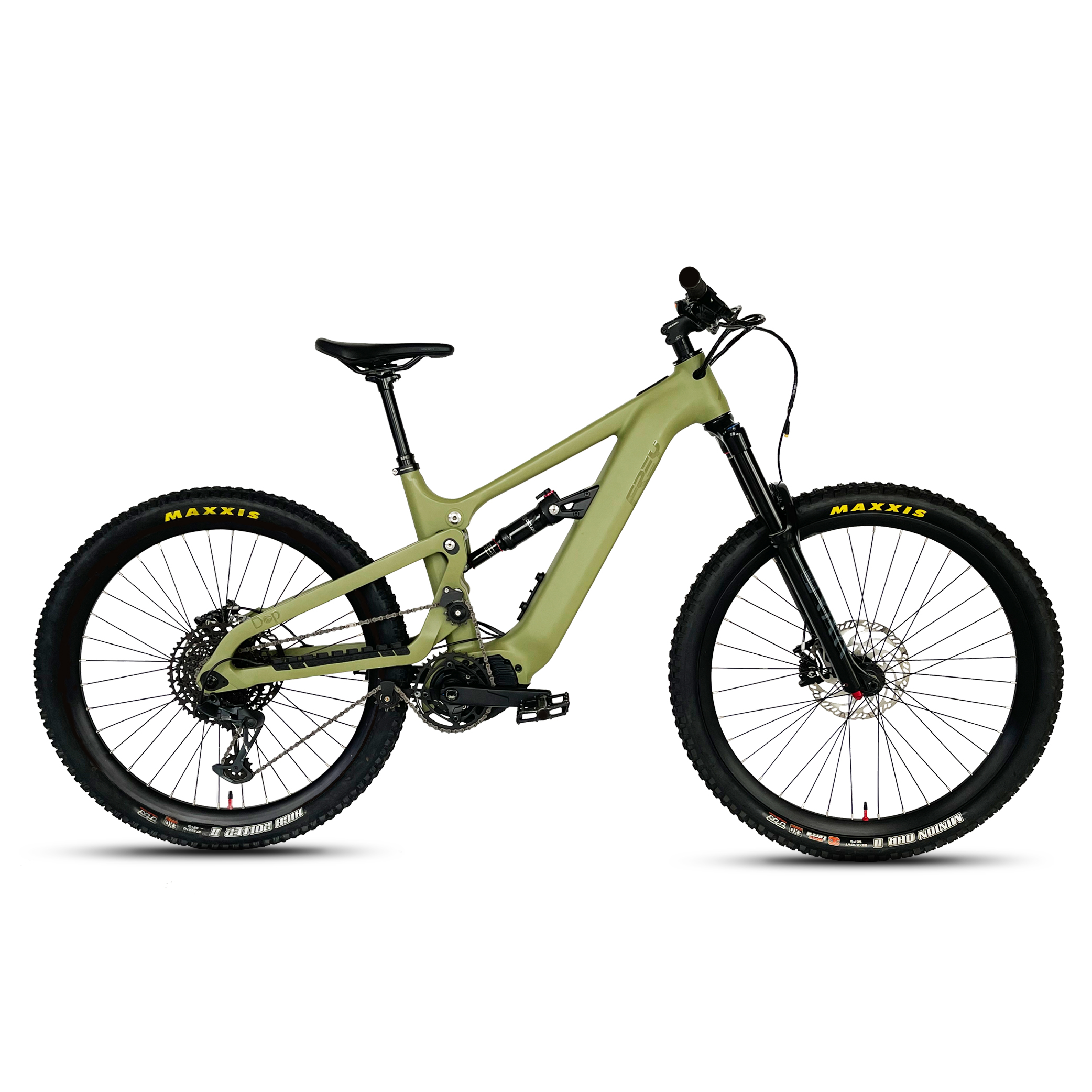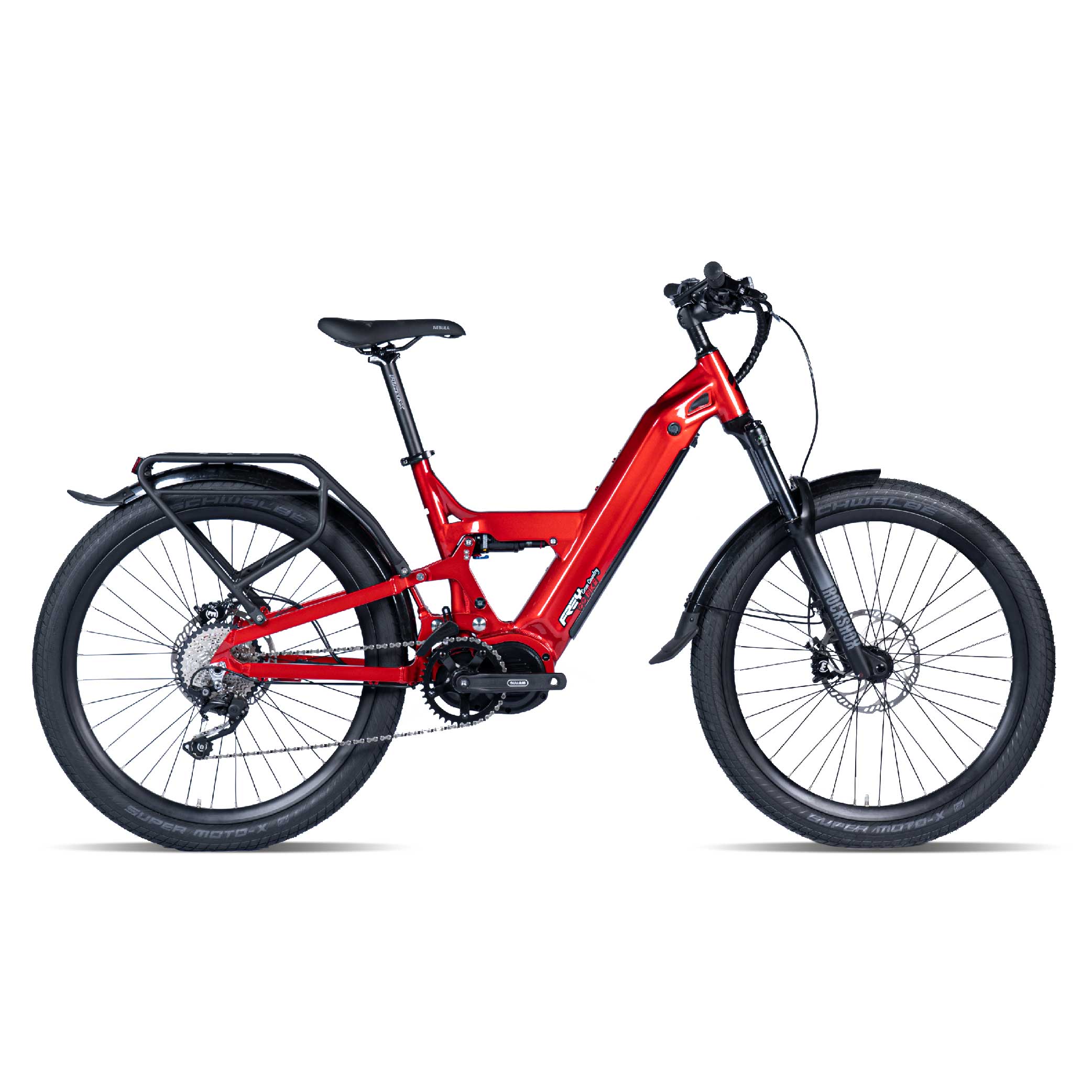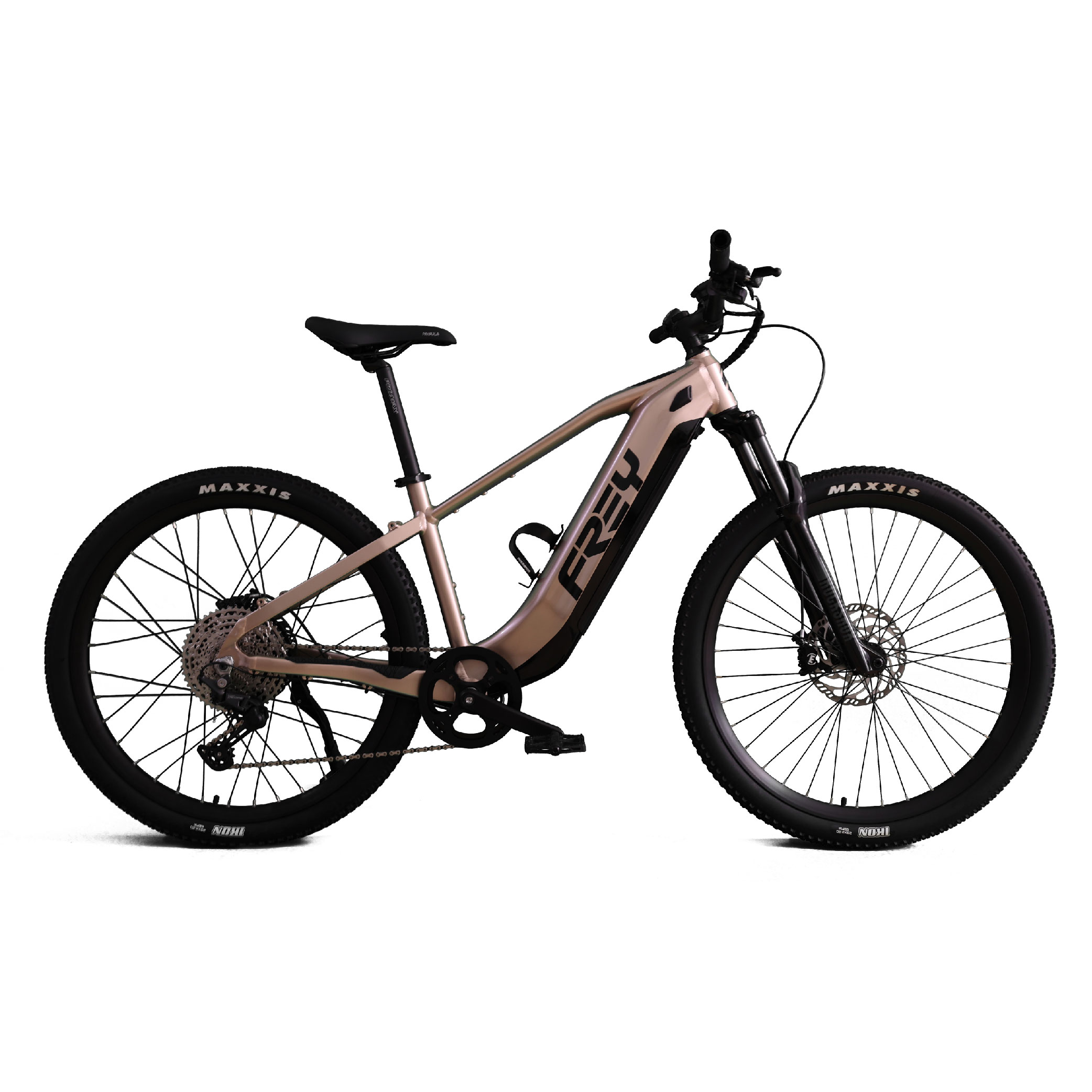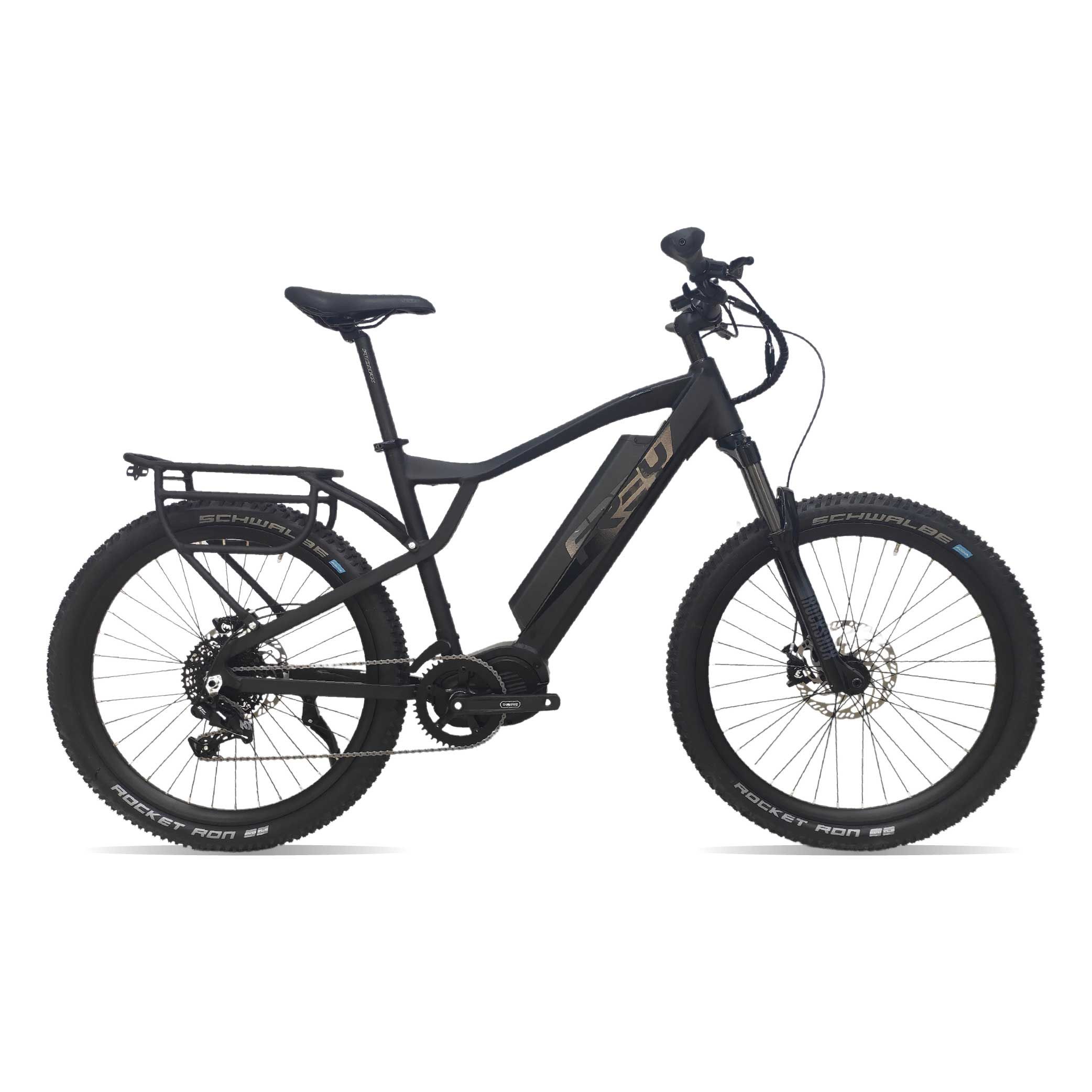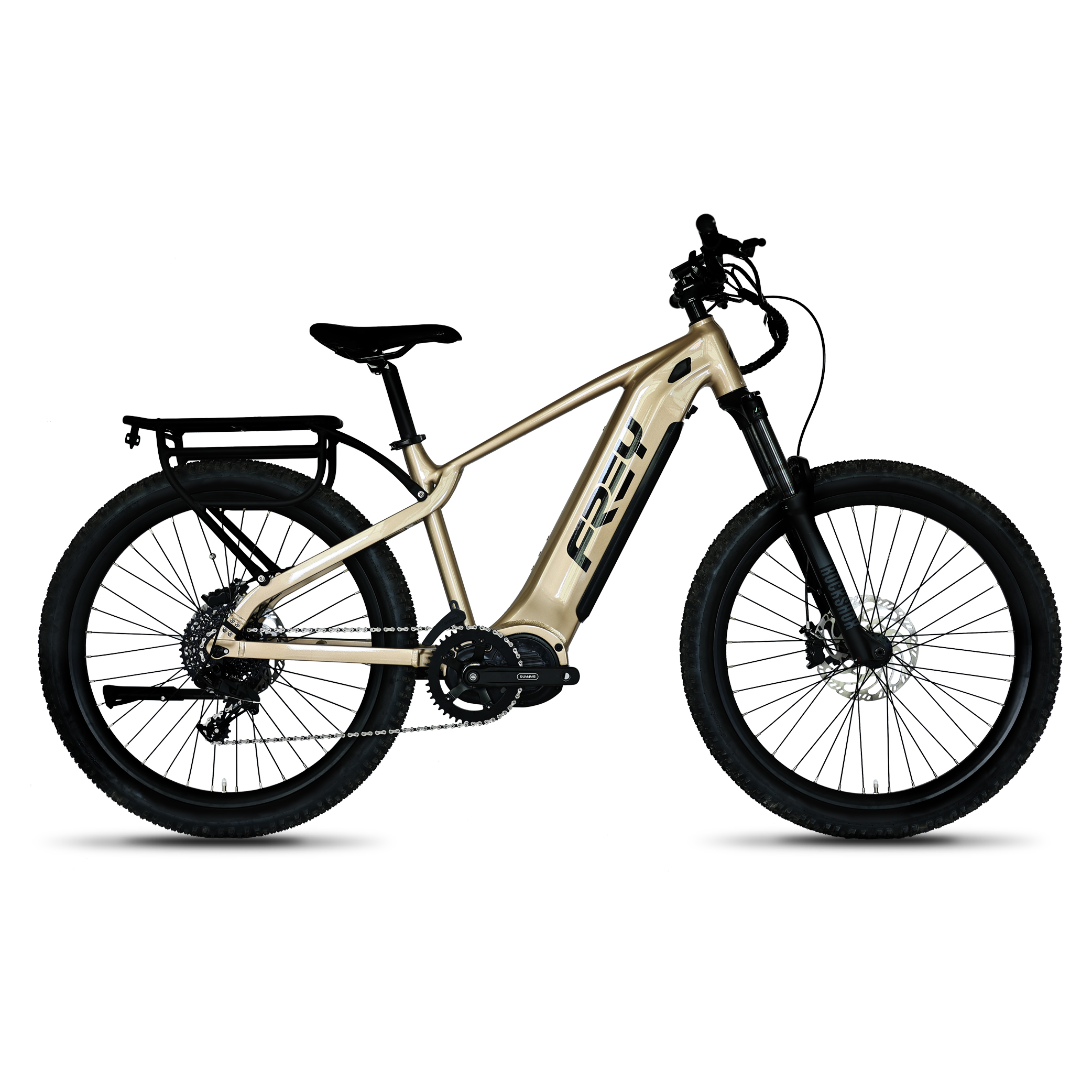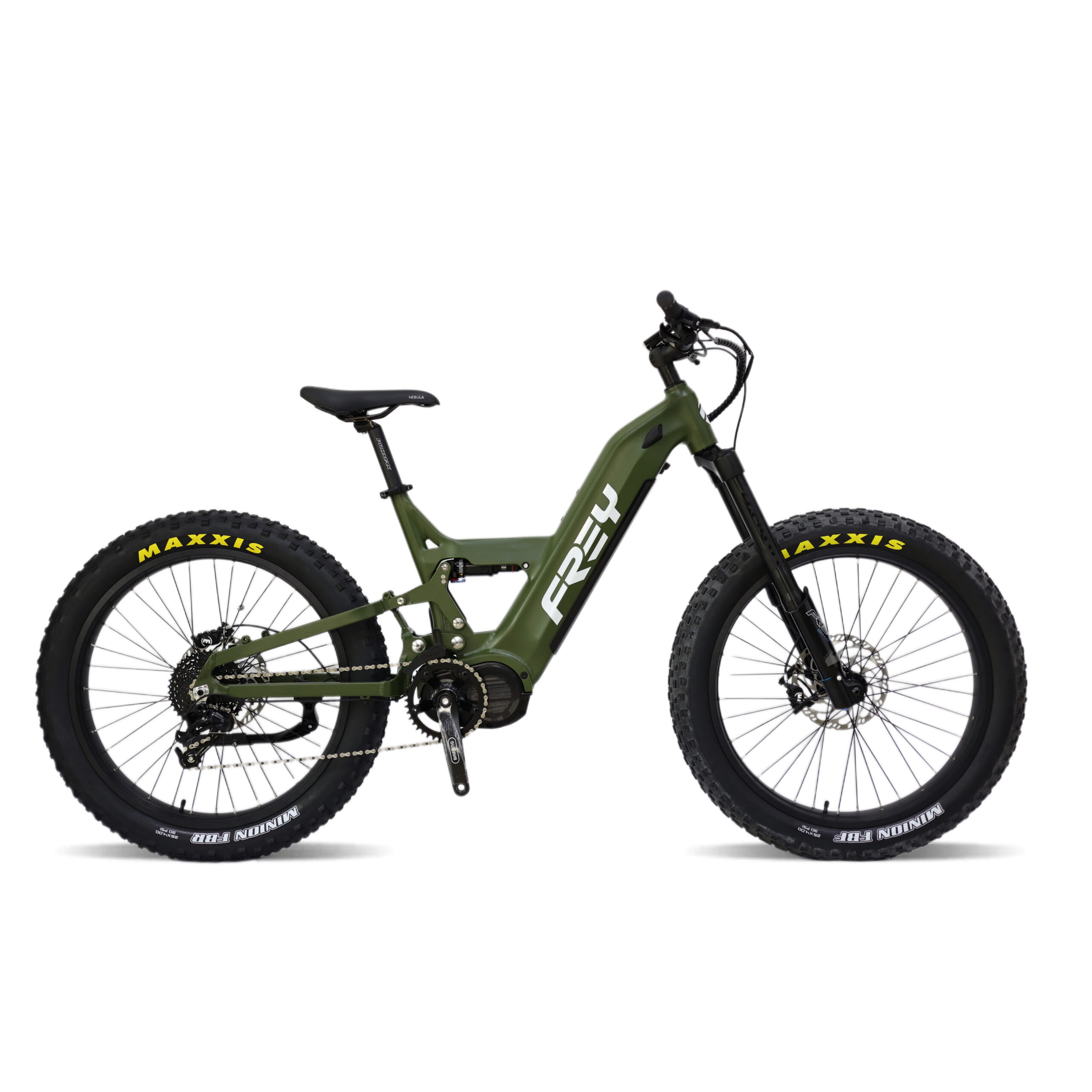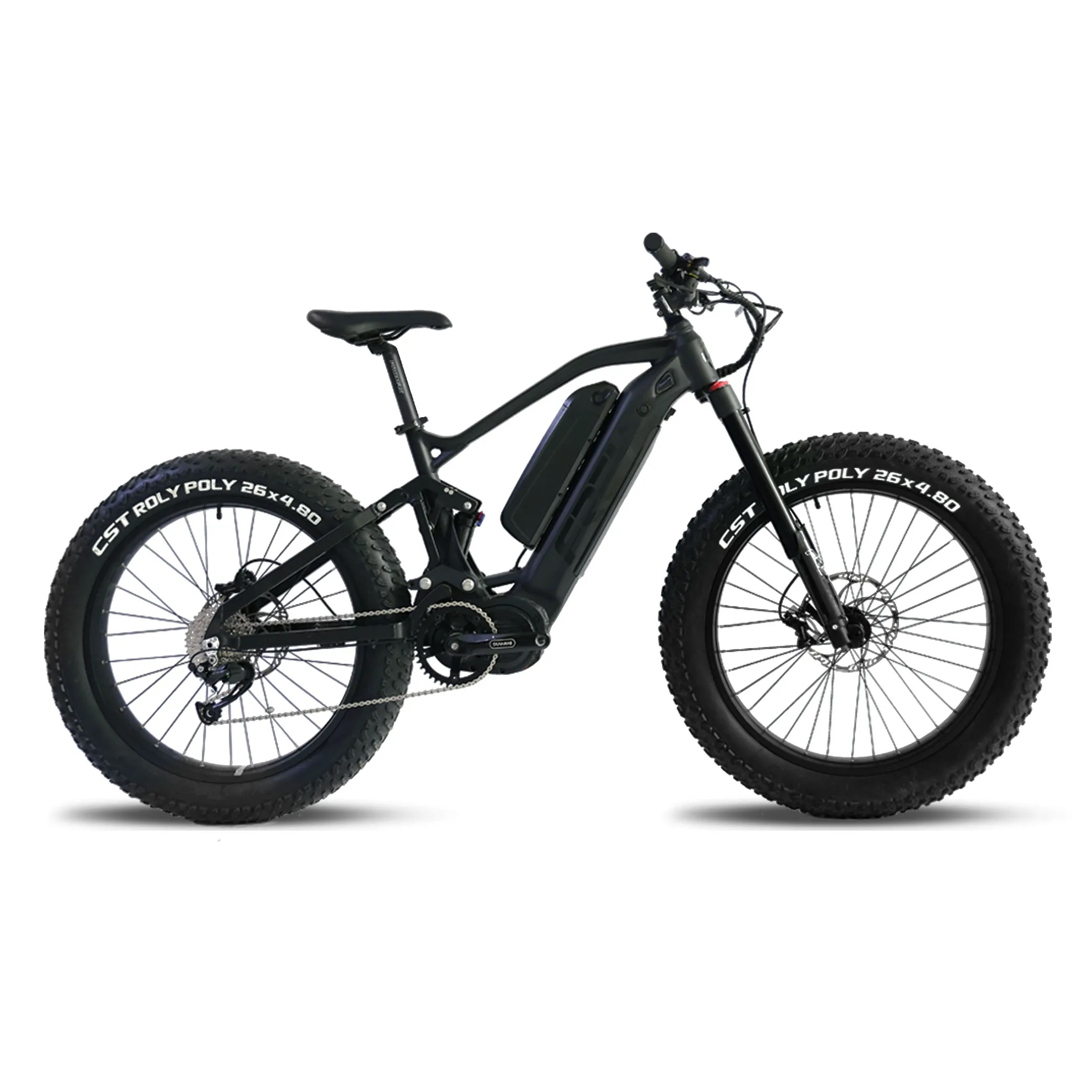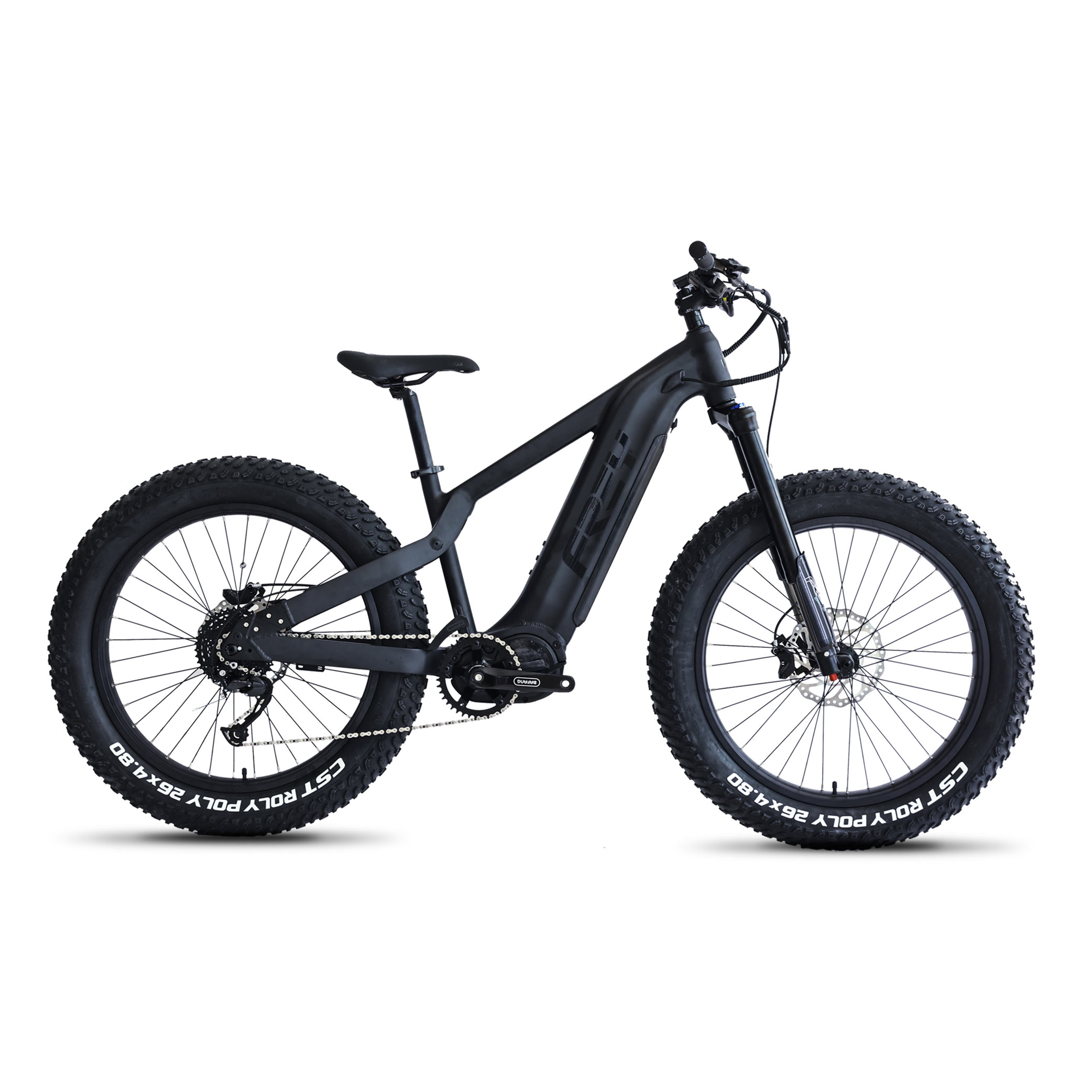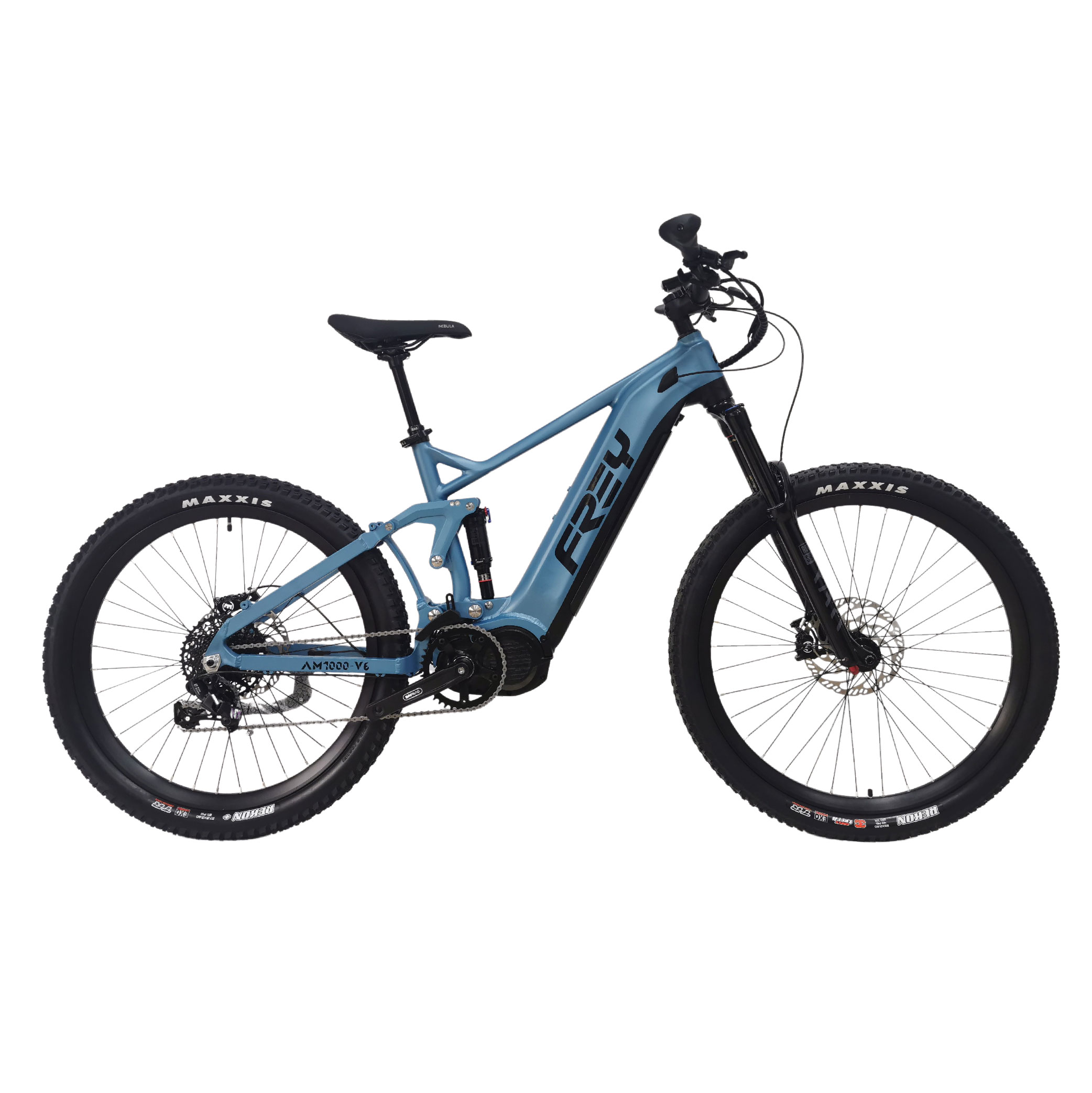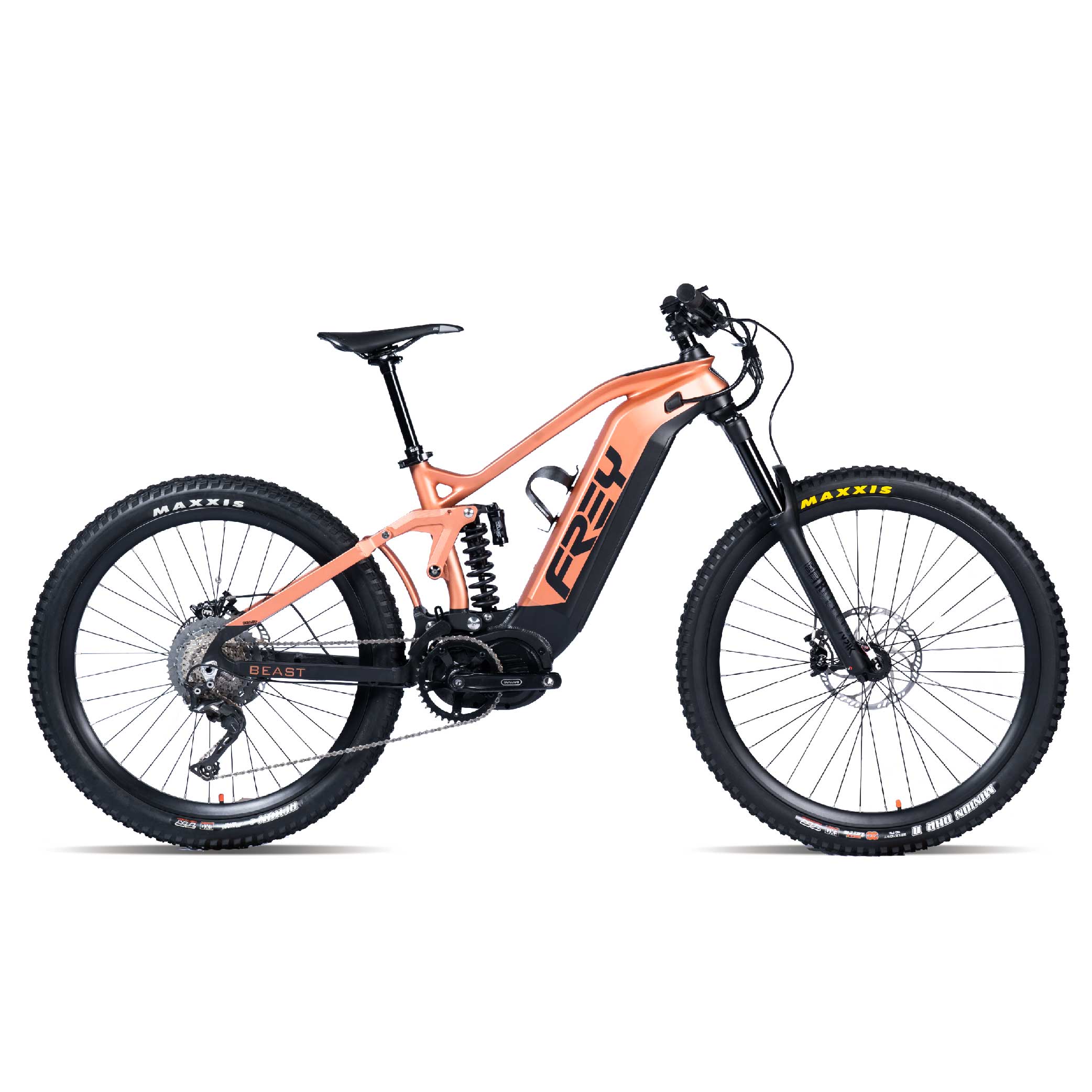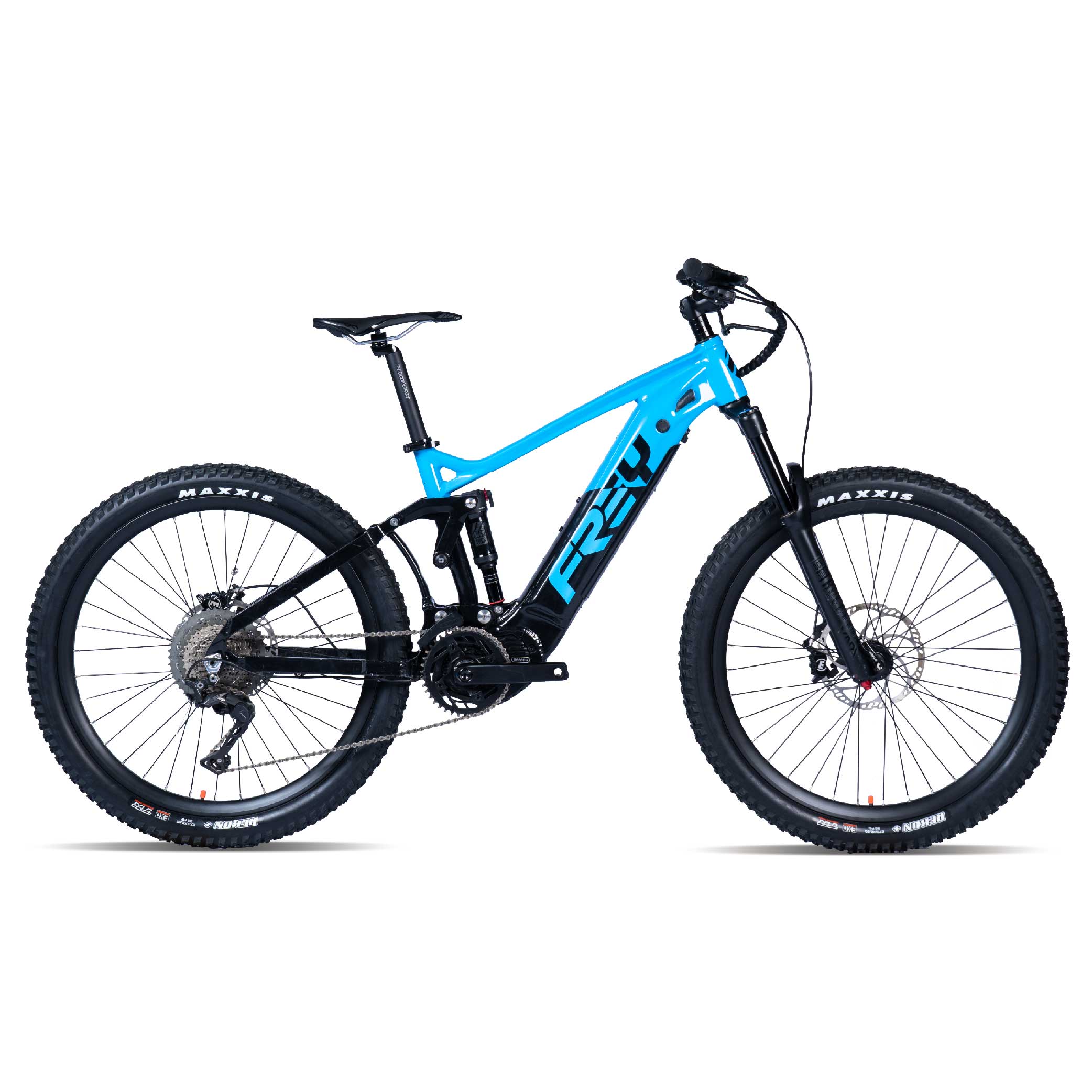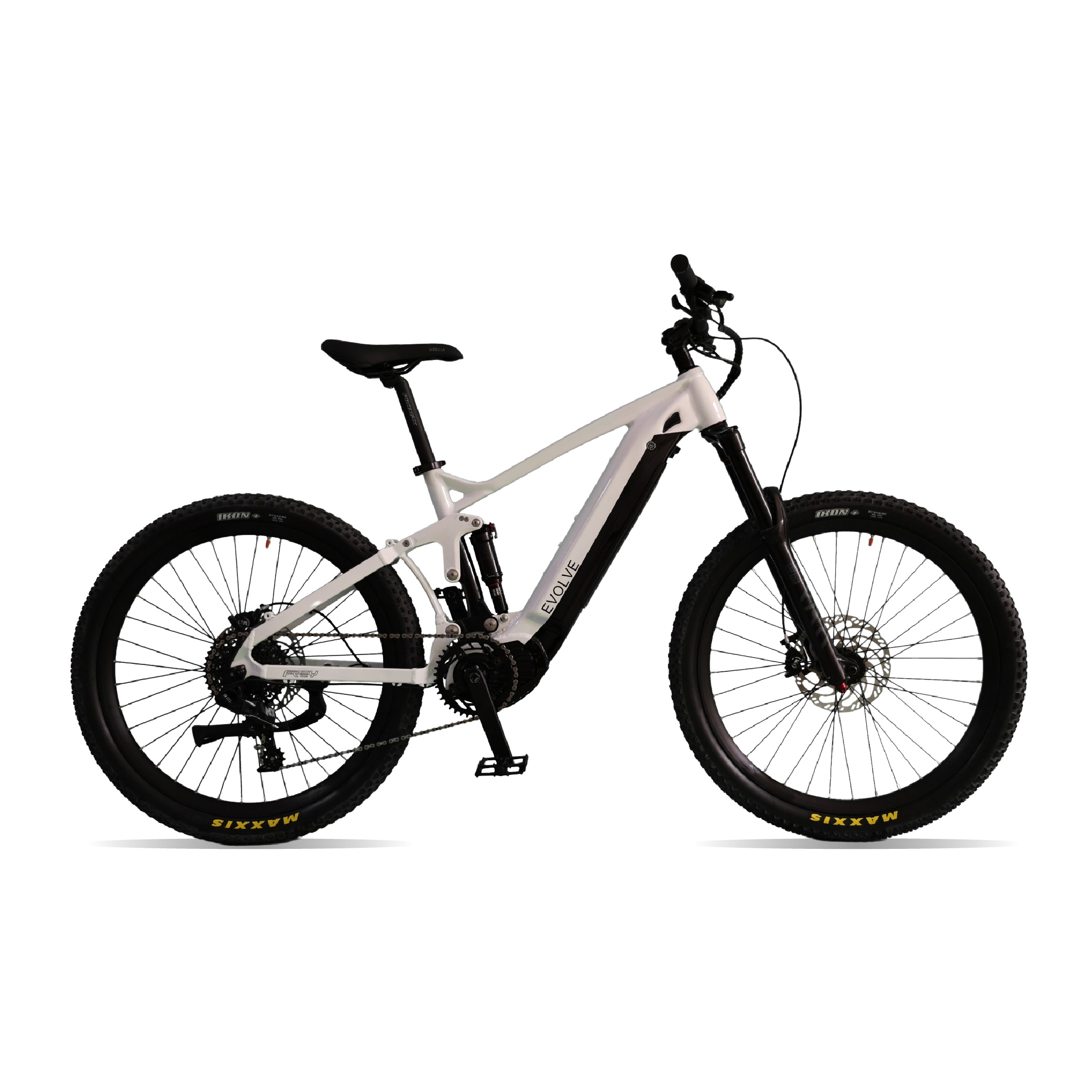1.Preparation #
A bicycle pump or air inflator (preferably one with a pressure gauge).
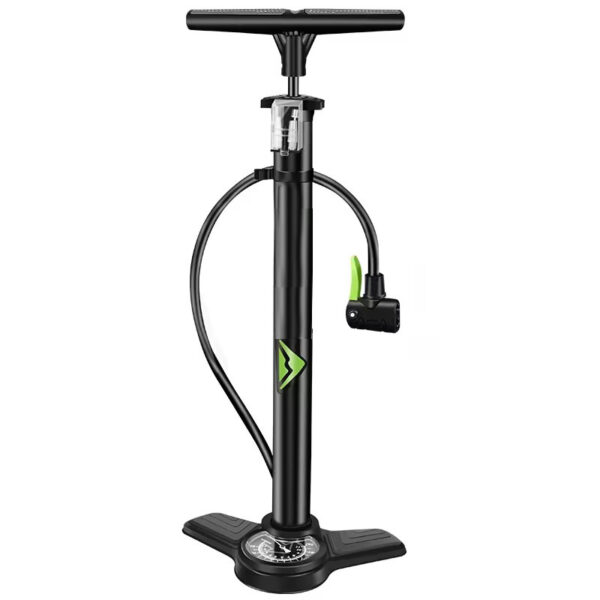
2. Inflation Method #
1.In the direction of the arrow, loosen the valve cap.
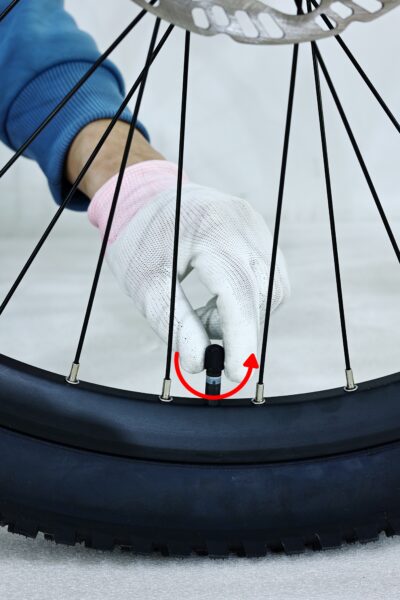
2.After inflating, tighten the valve cap in the direction of the arrow.
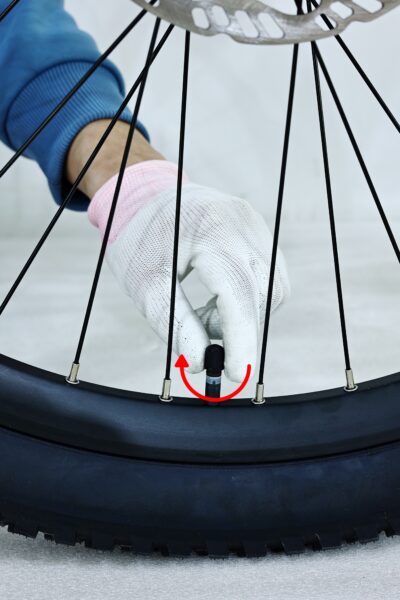
3.Maximum Tyre Pressure #
1.The maximum pressure value varies for different tyre models. As shown in the image, you can find the maximum tyre pressure indicated on the outer side of the tyre at the location pointed to by the arrow. This value typically ranges between 30 PSI and 50 PSI. Inflate your tyre according to the PSI rating indicated on your bike tyre, but do not exceed the maximum value, as it may lead to a blowout.
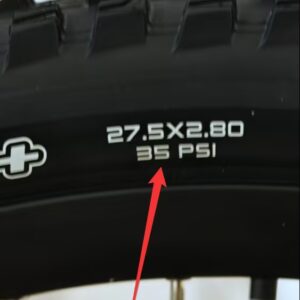
2.Reference chart of maximum tire pressure values for commonly used tires across various models.
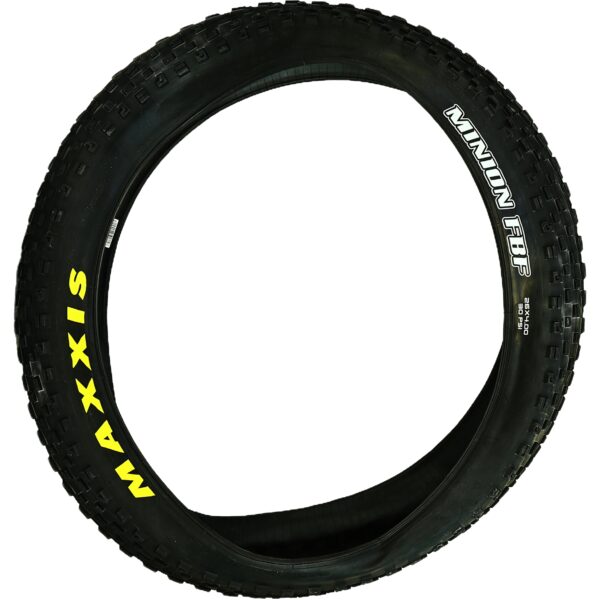
Maxxis 26×4.0 maximum pressure: 30 PSI
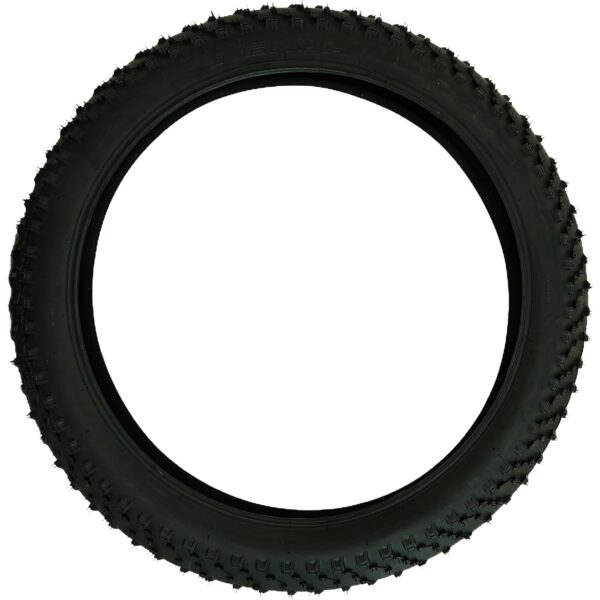
Kenda 26×4.5 maximum pressure: 30 PSI
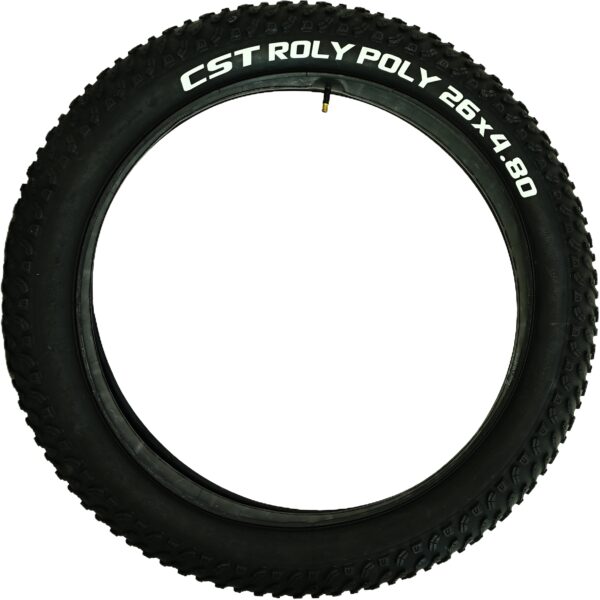
CST 26×4.8 maximum pressure: 30 PSI
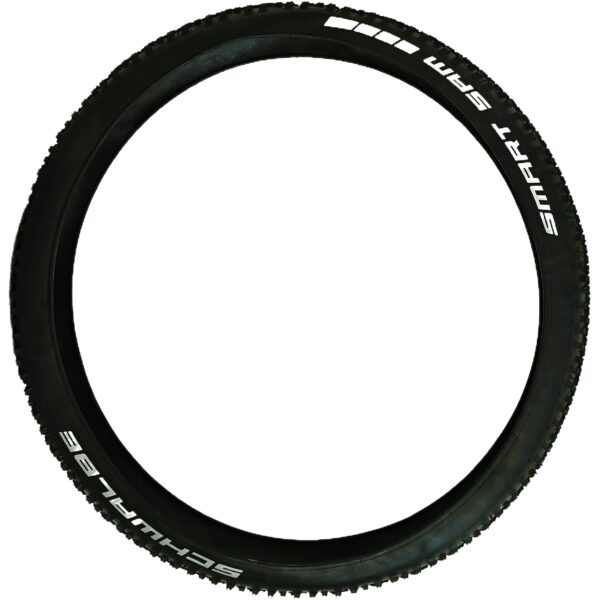
Schwalbe 27.5×2.6 maximum pressure: 45 PSI
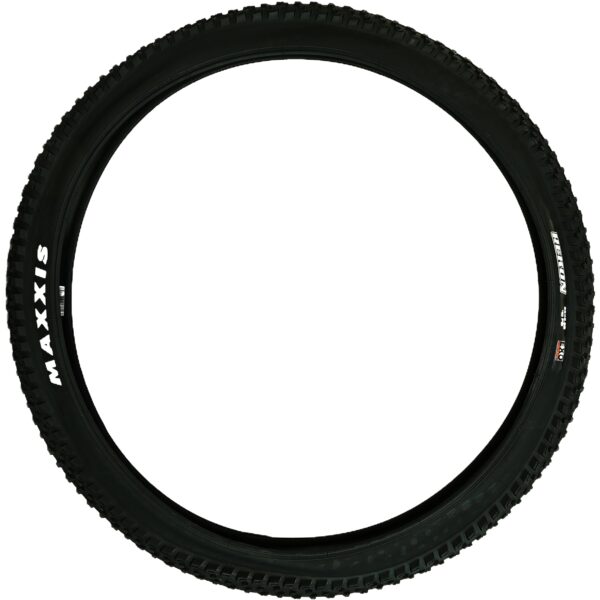
Maxxis 29×2.6 maximum pressure: 40 PSI
4.Reference Range for Tyre Pressure in Different Scenarios #
- For a 27.5-inch mountain bike, the tyre pressure range forlight riding (such as city riding or flat roads) is 30-40 PSI.
- For moderate riding (likeoff road or trails), the tyre pressure range is 25-35 PSI.
- For heavy riding (such as steep climbs or rugged terrain), the tyre pressure range is 20-30 PSI.
- For a 29-inch mountain bike, the general tyre pressure setting range is between 30-50 PSI.
- The rear tyre pressure is generally 2-5 PSI higher than the front tyre pressure.
Please note: These recommended values are for reference only. Actual tyre pressure may require slight adjustments based on tyre type, rider weight, and road conditions. It is advisable to use a pump with a pressure gauge to ensure the best riding experience and performance.





